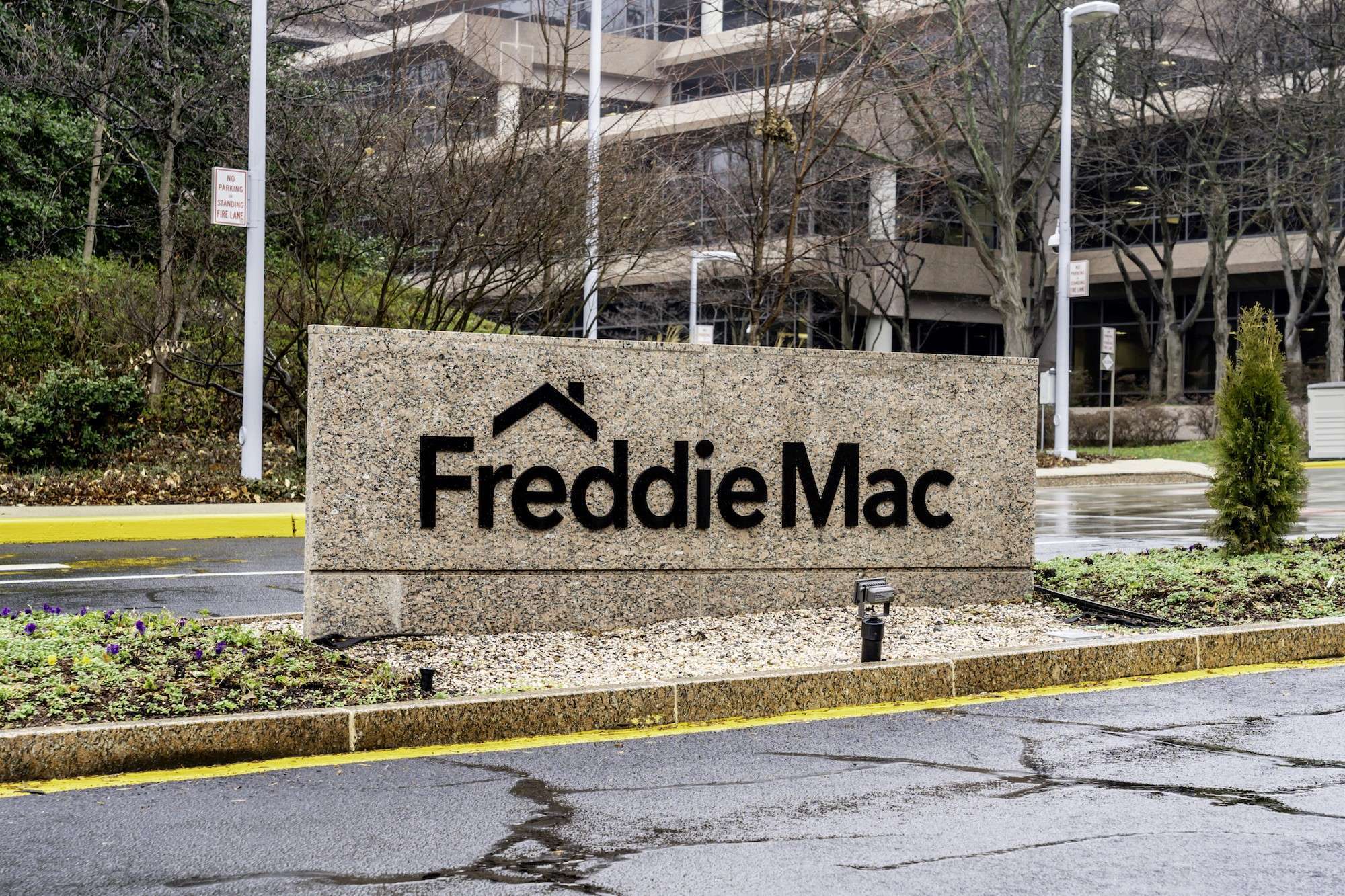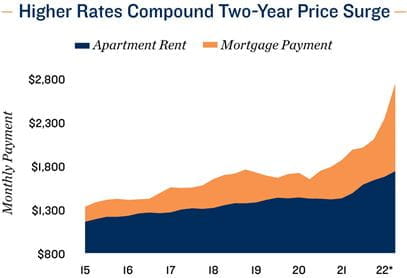
Freddie Mac, and agency lending in general, has been foundational to the success of the multifamily industry in the post-Great Recession era. Prior to our more active role in the financing of rental housing, the market lacked stability and liquidity throughout the cycle. Workforce and Targeted Affordable Housing were particularly deficient and inconsistent sources of debt. Today we lead the industry in this highly affordable space where we lend expertise in addition to capital.
At no time was this truer than in our response to the pandemic housing market. Fulfilling our countercyclical role, we stayed on the field as many capital sources moved to the sidelines. The result was a debt market that continued to perform efficiently. Multifamily transactions never stopped, and borrowers benefited from a historically low-rate environment. Freddie Mac and Fannie Mae also extended unprecedented flexibility to borrowers and essential protections to tenants in a way that no other debt capital sources could.
As the economy recovered from the pandemic, multifamily housing demand accelerated, vacancies cratered, and rents shot up like nothing we have ever seen before. There are a host of reasons why this happened. A long-run housing supply shortage that predates COVID-19 worsened as a result of pandemic-related supply chain issues, labor shortages, and construction delays. A highly competitive single-family market drove more households to become or remain renters. The desire for more personal space caused roommates to seek solo accommodations. Remote work enabled office workers to relocate. Certainly not least, higher salaries and inflation shifted the demand curve.
We saw big changes on the supply side too. Investor interest in multifamily throughout the capital stack jumped markedly. In a world of economic uncertainty, multifamily is a proven, reliable asset class and an inflation hedge to boot. With rising net operating incomes and values, it has been the place to be for many investors. This surge in capital has also driven new construction – an excellent signal that supply has room to grow even if never fast enough.
Today we’re at something of an inflection point. Inflation risk and recession fears have many debt providers tightening or closing up. At the same time, we have a negative leverage issue with note rates catching up to, and in some cases surpassing, cap rates which have been trending down for some time. Fewer deals seem to pencil in as interest rates surpass investment returns. As a result, the market is in a period of transition.
The fundamentals, however, are very strong, and lenders that maintained credit discipline and appropriately distributed risk are well positioned to weather even a serious economic downturn.
Freddie Mac Multifamily counts itself among those market participants and stands ready to continue deploying capital consistently and responsibly. We’ll do this, as always, in a way that is mission-centric. That’s more important than ever, given the essential role we play in helping address the housing affordability crisis.
The current economic moment is accelerating the need for action. Freddie Mac recently fielded a survey that shows 58% of renters have seen their rent increase in the past 12 months. Although salaries are on the rise, a third of renters say their rent increase was greater than any raise they received at work. More concerning is that nearly 20% say that their rent increase makes them extremely likely to miss a rent payment.
To address the affordability crisis, we are driving toward a record year for our Targeted Affordable Housing business, and we’re poised to meet our aggressive affordability goals. This year, at least 50% of our production volume must support units that are affordable to families earning 80% of area median income (AMI) and 25% must support units affordable at 60% AMI. We said at the beginning of the year that this would be a tough challenge, but that we are up for the task. We’ve prioritized our mission-driven business.
Separately, we recently announced a landmark Equitable Housing Finance Plan that proposes several new initiatives aimed at enhancing borrower diversity, advancing tenant interests, and broadly addressing affordability through both preservation of and support for new supply. Building on past efforts, we’ve also expanded our Duty to Serve commitments to address housing needs in underserved markets, including rural communities and manufactured housing communities.
We know there is tremendous work to be done to ensure that more Americans can find safe and affordable rental housing, and as the new head of Freddie Mac Multifamily, it’s my highest priority. As the market dynamic shifts, we will continue to ensure a stable foundation for the multifamily industry while seeking out new innovations that can make homes possible for more of the nation’s 44 million renting households.






